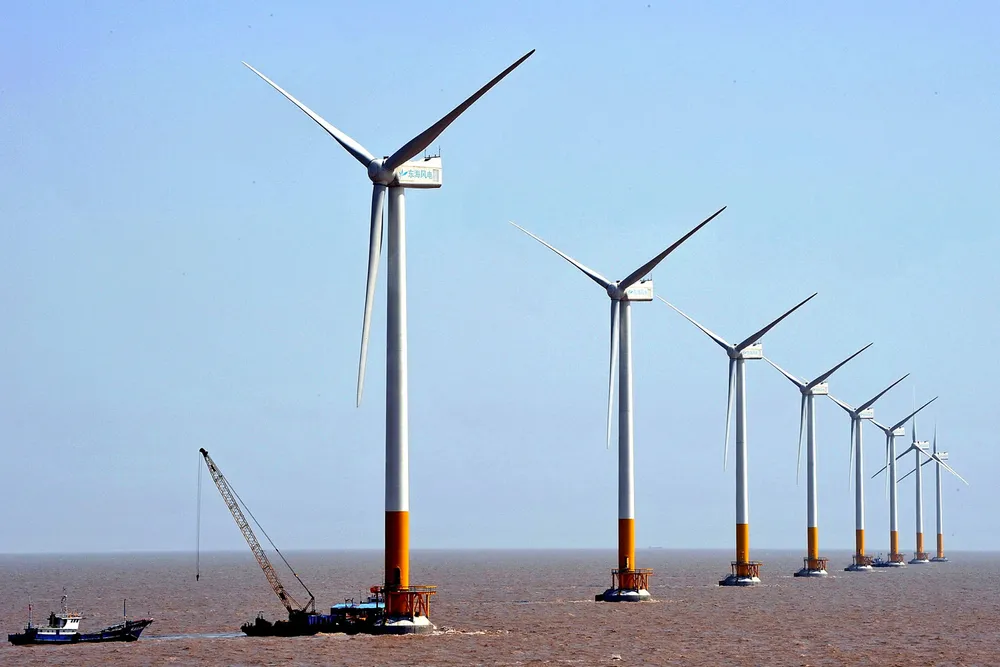China initiates green loan to finance renewable project boom
China Development Bank to set up a $78 billion facility to finance green energy schemes over the next five years

China Development Bank to set up a $78 billion facility to finance green energy schemes over the next five years
